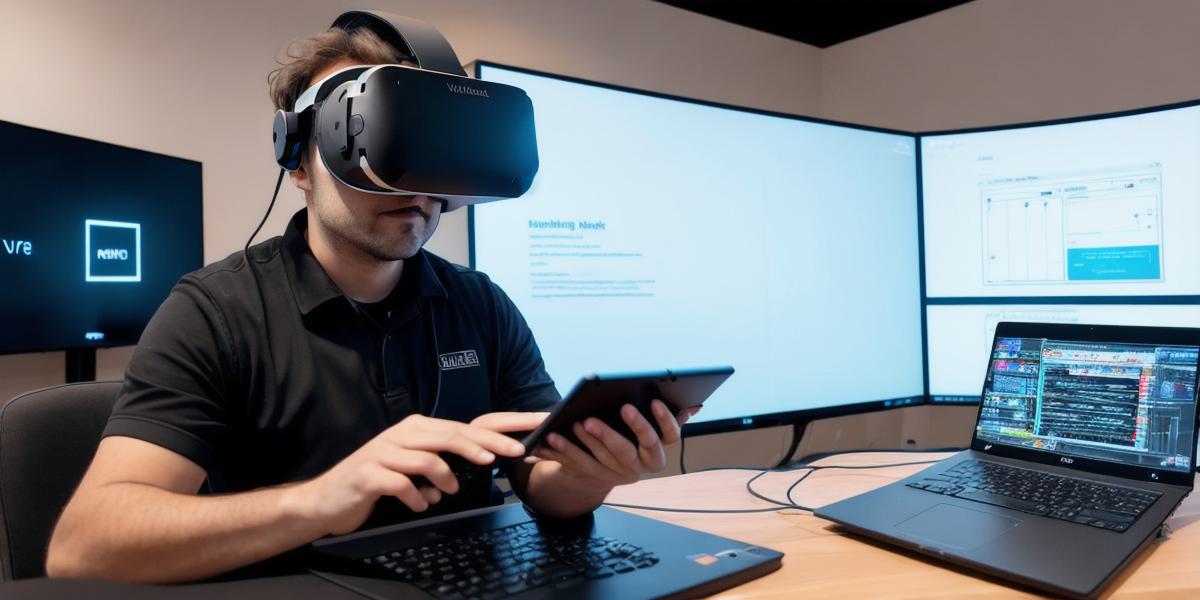Virtual Reality (VR) has revolutionized the way we interact with digital content, but it’s not without its challenges. One of the biggest obstacles that VR developers face is creating immersive and realistic experiences for users. That’s where AI and machine learning come in. These cutting-edge technologies can help VR developers create more engaging and personalized experiences for their users.
AI and machine learning are already being used in a variety of industries, including gaming, entertainment, and healthcare. In the world of VR, these technologies can be used to enhance the user experience by creating intelligent virtual characters that respond to the user’s actions and preferences. For example, an AI-powered character could adapt its behavior based on the user’s previous interactions with it, making for a more personalized and engaging experience.
Another way that AI and machine learning can be used in VR is to create more realistic environments. By analyzing real-world data and using machine learning algorithms, VR developers can create virtual environments that are more accurate representations of the physical world. This can help users feel more immersed in the experience and make it more believable.
But the benefits of AI and machine learning don’t stop there. These technologies can also be used to optimize VR experiences for different devices and platforms, making them more accessible to a wider audience. By analyzing user data and behavior, VR developers can create experiences that are tailored to the needs of individual users, improving engagement and retention rates.
Of course, there are challenges associated with integrating AI and machine learning into VR development. One of the biggest challenges is ensuring that these technologies don’t overload the system and cause lag or other issues. However, as more and more developers adopt these technologies, we can expect to see improvements in both hardware and software, making it easier to create seamless and engaging VR experiences.
In conclusion, AI and machine learning have the potential to revolutionize the world of VR development. By creating intelligent virtual characters and realistic environments, these technologies can help developers create more engaging and personalized experiences for their users. As these technologies continue to evolve, we can expect to see even more exciting developments in the world of VR.
FAQs:
- What are some common ways that AI and machine learning can be used in VR development?
AI and machine learning can be used to create intelligent virtual characters that respond to user actions and preferences, as well as to create more realistic environments by analyzing real-world data and using machine learning algorithms. - Are there any challenges associated with integrating AI and machine learning into VR development?
Yes, one of the biggest challenges is ensuring that these technologies don’t overload the system and cause lag or other issues. However, as more developers adopt these technologies, we can expect to see improvements in both hardware and software. - What are some real-life examples of AI and machine learning being used in VR development?
One example is the use of AI and machine learning in creating virtual characters that respond to user actions and preferences. Another example is the use of these technologies to create more realistic environments by analyzing real-world data and using machine learning algorithms.
